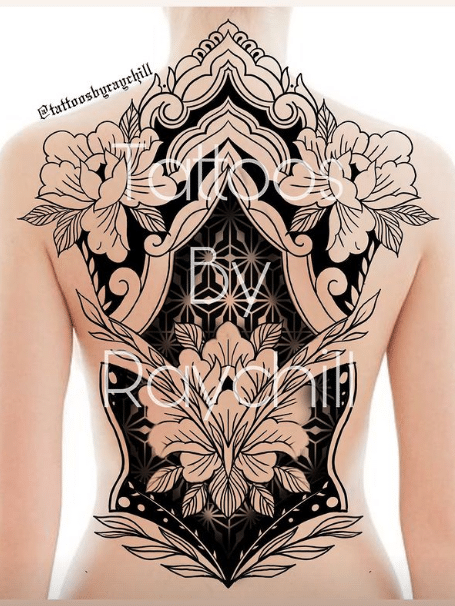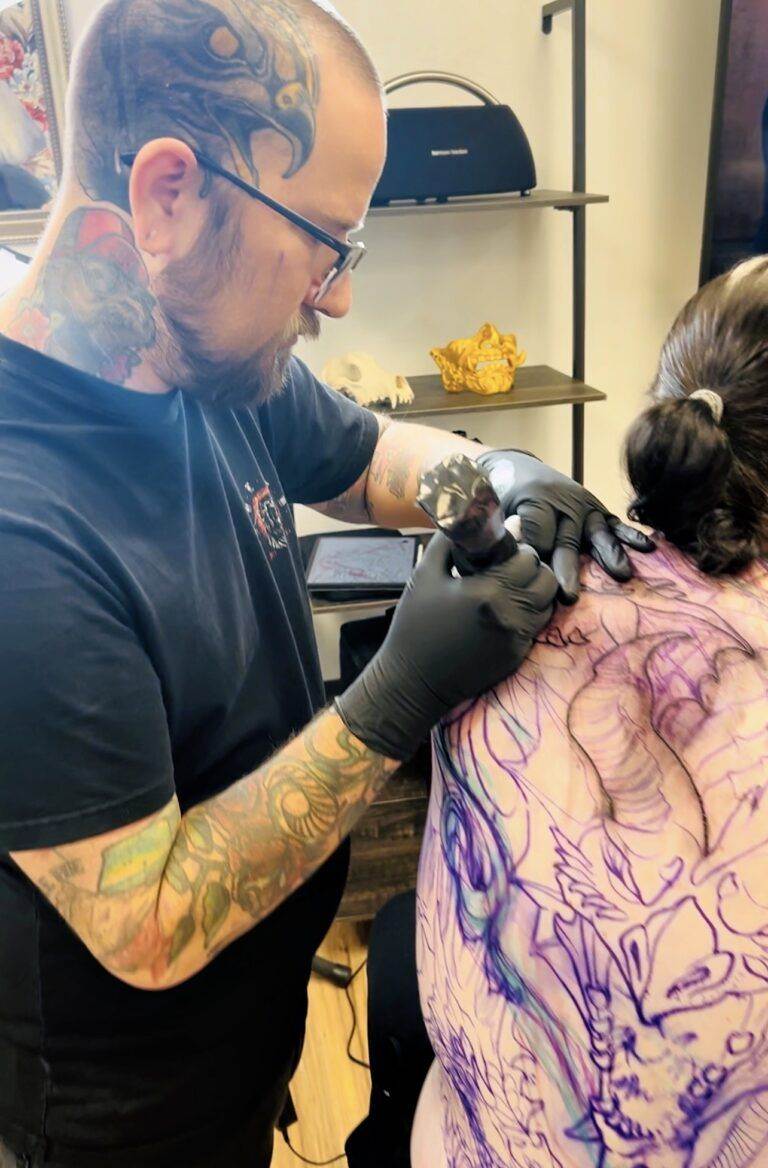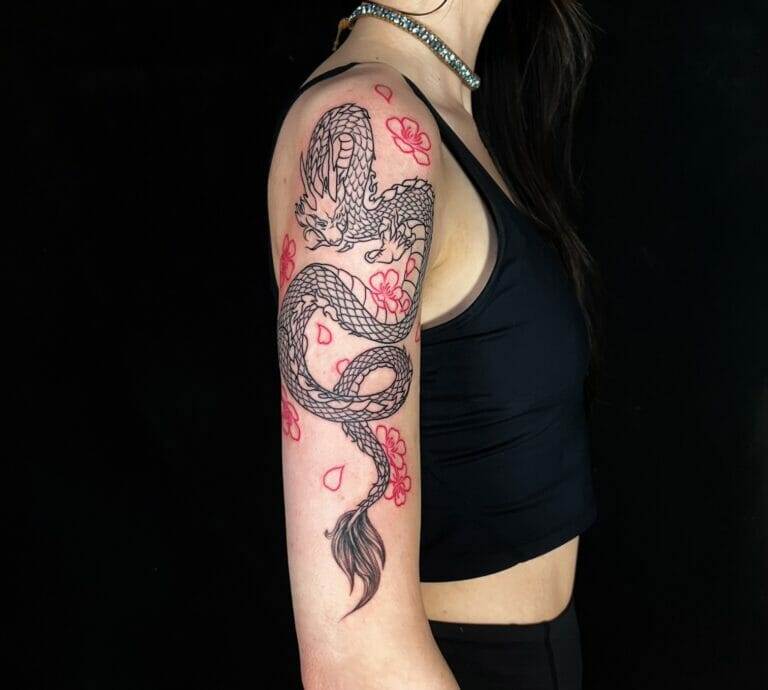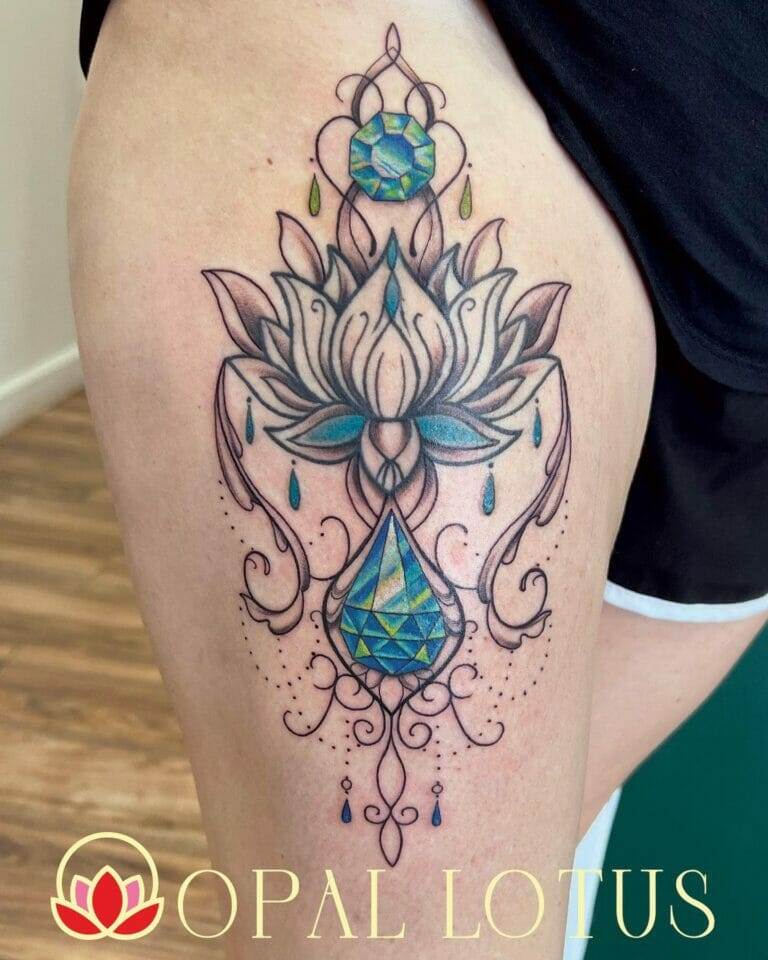Introduction
Understanding the Tattooing Process
The tattooing process can seem daunting for those considering their first ink. However, understanding the steps involved can alleviate concerns. First, it is crucial to know that tattooing is both an art and a precise technique. A professional tattoo artist will start by discussing your design ideas, which is an essential part of the experience. During the appointment, the artist will:
- Prepare their equipment, ensuring all needles and inks are sterile.
- Apply a stencil of the design on your skin to visualize the final outcome.
- Use a tattoo machine to execute the design, which involves depositing ink into the dermis layer of the skin.
Clients often describe this sensation as a mild scratching or buzzing, which varies by individual tolerance and placement on the body.
Choosing the Right Design
Selecting the right design is integral to the tattooing process and can be a deeply personal experience. It’s not just an image; it’s a symbol of something meaningful in one’s life. Before making this significant commitment, consider the following:
- Significance: What does the design represent? Is it a tribute to a loved one, a personal mantra, or an abstract piece of art?
- Style: Different styles like traditional, watercolor, or tribal can convey various meanings and aesthetics.
- Longevity: Remember, tattoos are permanent. Select a design you will appreciate in the long run.
To help you decide, create a mood board or collect images that resonate with you. This visual aid can significantly streamline the design process during your consultation with the tattoo artist. Engaging in this journey can make the tattoo experience fulfilling and enjoyable—much like unveiling a new chapter of one’s identity.
Preparing for Your Tattoo
Researching Tattoo Studios
Once you’ve settled on your design, the next step is finding the right tattoo studio. This is crucial, as the studio’s reputation and hygiene standards directly impact your overall experience and safety. To start your research, consider these key factors:
- Cleanliness and Safety Standards: Look for studios that prioritize sanitation. A reputable studio will use disposable needles and sterilize all equipment.
- Artist Portfolios: Review artists’ portfolios to get a sense of their styles and specialties. This can help you find someone who aligns with your vision.
- Reviews and Recommendations: Check online reviews and ask friends for recommendations. This provides insights into the experiences of previous clients.
- Consultation Availability: A good studio will offer a consultation before the actual appointment, allowing you to discuss your design, placement, and any concerns you may have.
Visiting studios in person also gives you a feel for the atmosphere, which should be welcoming and professional.
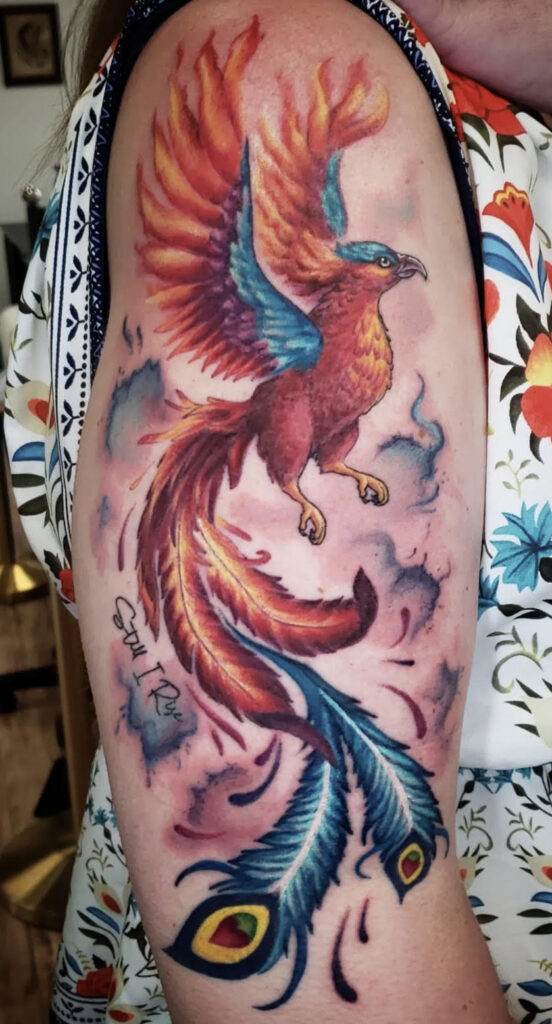
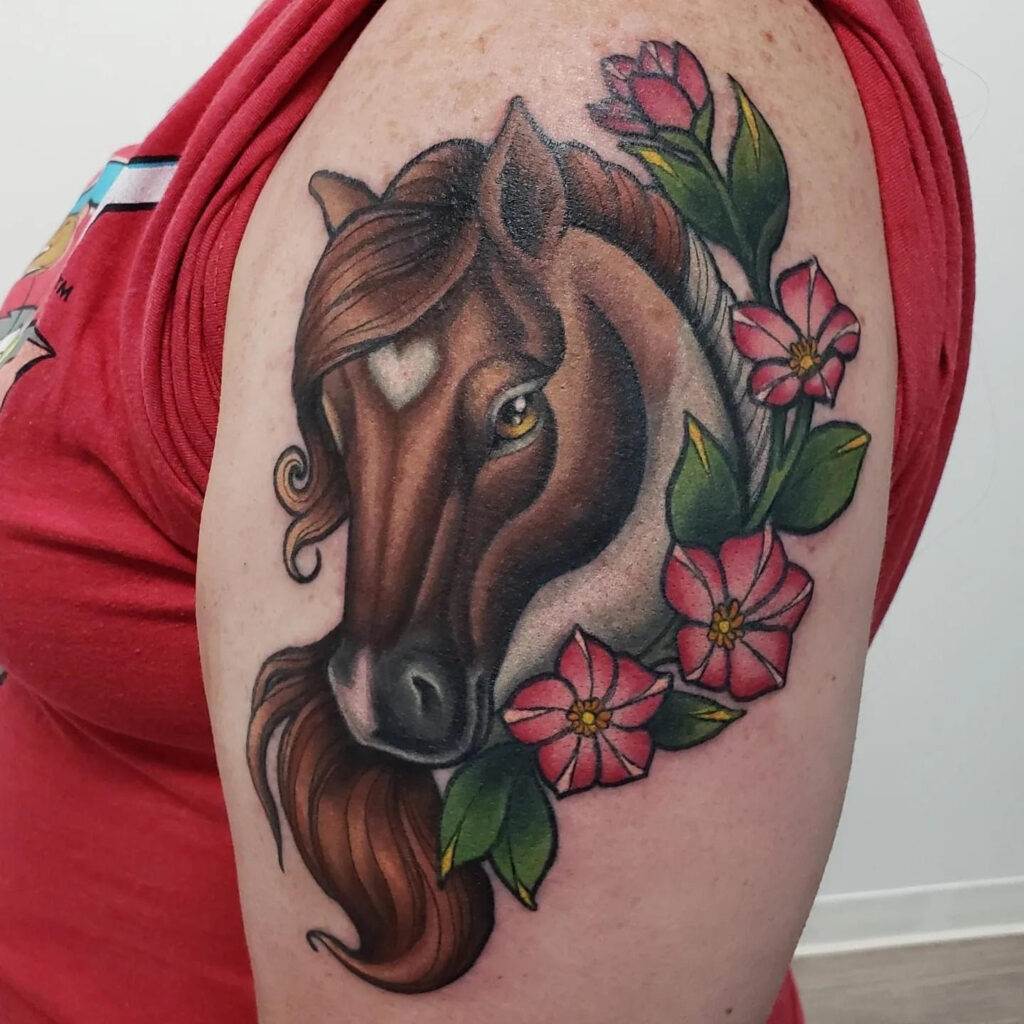

Understanding Aftercare Instructions
Once your tattoo is complete, proper aftercare becomes paramount for healing and ensuring the longevity of your ink. While your artist will provide specific instructions, here are general guidelines to follow:
- Keep it Clean: Gently wash your tattoo with mild soap and warm water twice a day.
- Moisturize: Apply a thin layer of healing ointment or unscented lotion to keep the skin hydrated.
- Avoid Sun Exposure: Protect your tattoo from the sun, as UV rays can fade the ink; using a high SPF sunscreen is recommended after the tattoo has healed.
- No Picking or Scratching: As your tattoo heals, resist the urge to scratch or pick at it, as this may lead to infections and poor healing results.
Understanding these aftercare instructions not only preserves your tattoo’s beauty but also accelerates the healing process—ensuring your art stays vibrant for years to come. Taking these preparatory steps seriously reflects a commitment to your tattoo journey, leading to a satisfying experience and long-lasting results.
Placement and Sizing
Deciding on Tattoo Placement
Deciding where to place your tattoo can be as significant as choosing the design itself. The location can influence both the visibility of the tattoo and the level of discomfort during the procedure. Here are some aspects to consider when determining tattoo placement:
- Visibility: Do you want your tattoo to be easily visible, or would you prefer it to be more discreet? Areas such as the forearm or wrist are more exposed, while options like the back or thigh can offer privacy.
- Body Contour: Think about how your tattoo will complement the natural shape and movement of your body. Curvier areas may require more attention to ensure the design flows well with your physique.
- Pain Tolerance: Certain body parts are more sensitive than others. Generally, areas with more flesh, such as the upper arm, tend to be less painful than bony regions like the ribs or ankles.
Consulting with your artist about placement can also be beneficial, as they have the experience to suggest the most flattering spots for your chosen design.
Determining the Size of Your Tattoo
The size of your tattoo is another critical factor that can greatly affect its overall impact. When determining the size, consider the following guidelines:
- Design Complexity: Intricate designs may require a larger canvas to capture all the details adequately. Simpler designs can often stand out even at a smaller size.
- Placement Considerations: The location can play a role in the size you choose. For instance, a large tattoo may overwhelm a smaller area like the wrist but may look stunning on the back or thigh.
- Personal Preference: Ultimately, your personal style should guide your decision. Some people prefer bold, large pieces, while others favor subtle, minimalistic tattoos.
Creating a balance between size and placement enhances the visual appeal of your tattoo, ensuring both elements work harmoniously together. Collaborating with your tattoo artist during this stage will ensure you leave with art you’re proud to showcase!
Tattoo Styles and Techniques
Exploring Different Tattoo Styles
As you dive deeper into the tattoo world, one of the most exciting aspects is exploring the myriad of tattoo styles available. Each style tells a unique story and evokes specific emotions. Here are some popular styles to consider:
- Traditional: Known for bold outlines and bright colors, traditional tattoos often feature symbols, animals, and pin-up girls. This style has a timeless quality that connects with the history of tattooing.
- Watercolor: This style mimics the flow and brushstroke of watercolor paintings, offering vibrant colors that blend and bleed together, creating a dreamy effect. It’s perfect for designs that encompass nature or abstract art.
- Tribal: Often steeped in cultural significance, tribal tattoos utilize bold black lines and geometric patterns. They can represent heritage or personal identity and hold meaning for those who wear them.
- Realism: This style seeks to recreate lifelike portraits or images. The level of detail required in realism can be quite remarkable, making it essential to choose a skilled artist for this type of tattoo.
- Neo-Traditional: Building on classic traditional elements, neo-traditional tattoos incorporate more intricate details and a broader color palette, allowing for personalized interpretations of themes.
Learning about Tattooing Techniques
Understanding tattooing techniques can enhance your appreciation for the artistry involved. Here are a couple of primary techniques used by tattoo artists:
- Line Work: This method focuses on creating the outlines of the tattoo. Strong line work is fundamental in most styles, providing structure and definition.
- Shading: Shading adds depth and dimension to designs, enhancing the overall look. Techniques like gradient shading create smooth transitions and lifelike appearances.
- Dotwork: This technique involves creating images using tiny dots rather than continuous lines. Dotwork can be used alone or combined with other techniques for unique effects.
Becoming familiar with these tattoo styles and techniques not only helps you express your individuality but also allows you to engage more meaningfully with your artist. Ultimately, it’s about creating a piece of art that resonates with you, reflecting your personal journey and aesthetics.
Tattoo Health and Safety

Understanding Tattoo Infection Risks
When considering a tattoo, it’s crucial to understand the potential risks associated with the process, including the possibility of infection. While many people enjoy beautiful body art without issues, being informed about infection risks helps ensure a safe experience. Here are some key factors to keep in mind:
- Equipment Sterilization: Ensure that your tattoo studio follows strict sanitation protocols. Use of disposable needles and proper sterilization of all equipment minimizes the risk of cross-contamination.
- Skin Condition: Always go into a tattoo session with healthy skin. Open wounds, cuts, or infections can increase the chances of bacteria entering your body during the tattooing process.
- Client Aftercare: Your responsibility doesn’t end once you leave the studio. Understanding the signs of infection—such as redness, swelling, or pus—can help you address any issues early. Prompt treatment can minimize complications.
Being aware of these risks helps prepare you for a successful tattooing experience, ensuring that your new ink remains a source of pride, not regret.
Practicing Proper Tattoo Aftercare
Proper aftercare is critical for the healing of your tattoo and significantly impacts its longevity. Taking the time to care for your tattoo correctly can help prevent infections and ensure vibrant, well-healed artwork. Here are the essential steps to follow:
- Keep it Covered: Initially, keep your tattoo covered with a sterile bandage for the first few hours after leaving the studio. This protects it from bacteria and irritants.
- Gentle Cleansing: Once you remove the bandage, gently wash the area with mild soap and lukewarm water. Pat it dry with a clean towel—never rub!
- Moisturize Regularly: Apply a fragrance-free moisturizer or healing ointment several times a day to keep the tattoo hydrated. This helps avoid excessive peeling or cracking.
- Avoid Soaking: Refrain from soaking your tattoo in pools, hot tubs, or prolonged baths during the healing process, as this can increase the risk of infection.
Being diligent about these aftercare practices ensures that your tattoo will heal beautifully, preserving its artistry for years to come. Proper care is truly the bridge between a fresh tattoo and a lifelong piece of cherished art.
Managing Tattoo Pain
Tips for Minimizing Tattoo Pain
As excited as one can be for their new tattoo, the reality of pain often accompanies the experience. However, there are several strategies that can help minimize discomfort during the session. Consider these effective tips to ease your pain:
- Choose the Right Time: Schedule your tattoo appointment for a time when you are well-rested and not under stress. Fatigue can amplify discomfort, so being alert can help you manage the process better.
- Stay Hydrated: Drinking plenty of water before your appointment can help your skin stay plump and elastic, potentially reducing pain sensitivity. Aim to hydrate the day before and the morning of your session.
- Eat Well: Having a balanced meal prior to getting tattooed helps maintain your energy levels and stabilize your blood sugar, which can assist in pain management.
- Distraction Techniques: Bring headphones and listen to music or a podcast to distract yourself from the sensation during the tattooing process. Engaging your mind in something enjoyable can significantly lower your perception of pain.
- Communicate with Your Artist: Inform your tattoo artist about your pain tolerance. They can adjust their technique or offer breaks if needed.
Understanding the Tattooing Sensation
Understanding what to expect during the tattooing process can further demystify the experience and help ease pre-procedure anxiety. The sensation during tattooing can vary greatly depending on multiple factors:
- Area of the Body: Some areas, like the fleshy parts of the arm or thigh, tend to hurt less, whereas bony or more sensitive areas (such as the ribs, feet, or hands) can evoke more discomfort.
- Tattoo Technique: The method being used by the artist, such as line work versus shading, can also affect the sensation. Line work may feel different than the gentle touch needed for shading.
- Individual Pain Threshold: Each person’s pain tolerance varies. What one person finds unpleasant, another may hardly notice. It’s essential to recognize and accept your unique experience.
Being prepared physically and mentally for your tattoo journey can significantly enhance your experience. Understanding the associated sensations and how to manage pain helps in building a positive connection with your body art, making the process more enjoyable and fulfilling.
Tattoo Removal Options
Exploring Tattoo Removal Methods
While tattoos are intended to be permanent expressions of art and identity, life circumstances can change. Fortunately, there are various tattoo removal methods available, each with its advantages and considerations. Here’s a look at some popular options:
- Laser Removal: This is one of the most common methods used today. Laser treatments work by breaking down the ink particles through high-intensity light beams. Multiple sessions may be required, and the effectiveness can depend on factors like ink color and skin type. After care may include avoiding sun exposure and keeping the area clean and moisturized.
- Dermabrasion: This technique involves physically sanding the skin to remove the outer layers, including the tattoo ink. While it can be effective, it typically requires longer recovery time and may lead to scarring.
- Chemical Peels: This method uses chemicals to remove the superficial layers of skin, gradually lifting the tattoo ink. Though less common than laser treatments, it can be considered for specific skin types.
- Surgical Excision: For small tattoos, surgical removal is an option. The tattooed skin is cut out, and the remaining skin is stitched together. While effective for small tattoos, this will leave a scar.
Understanding these methods allows individuals to make informed decisions based on their circumstances and desired outcomes.
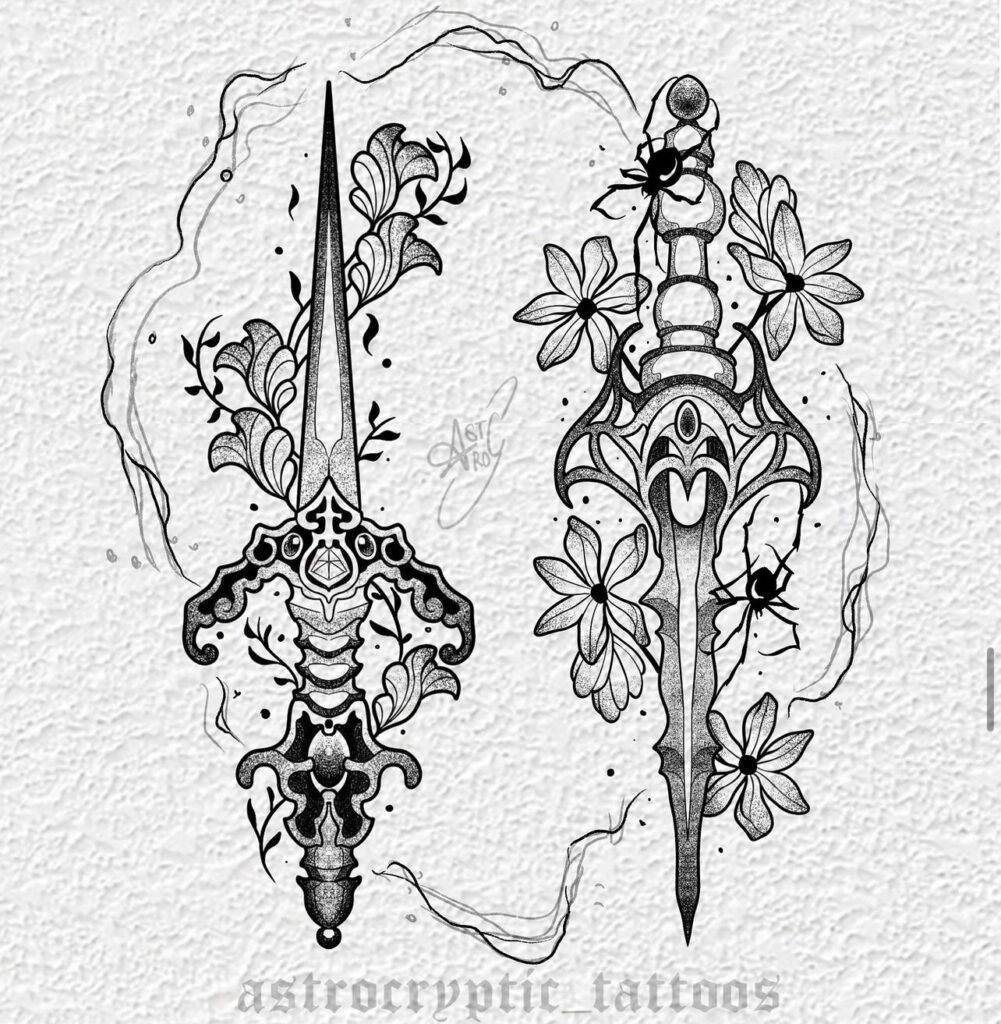
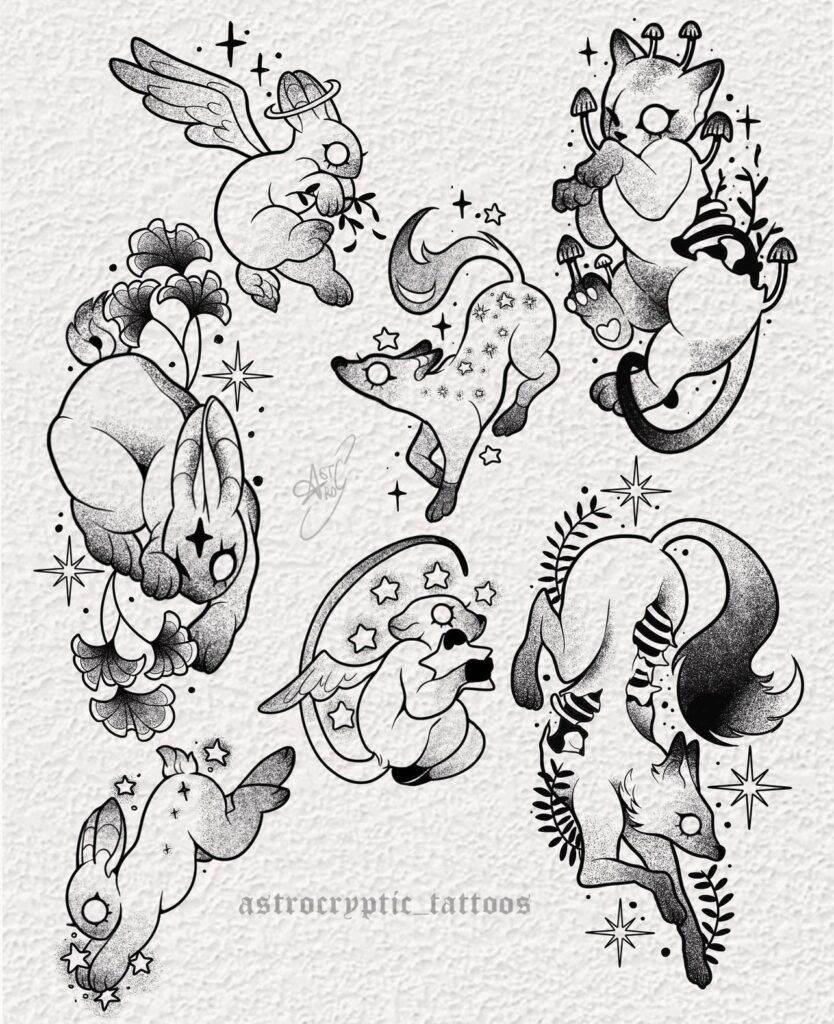

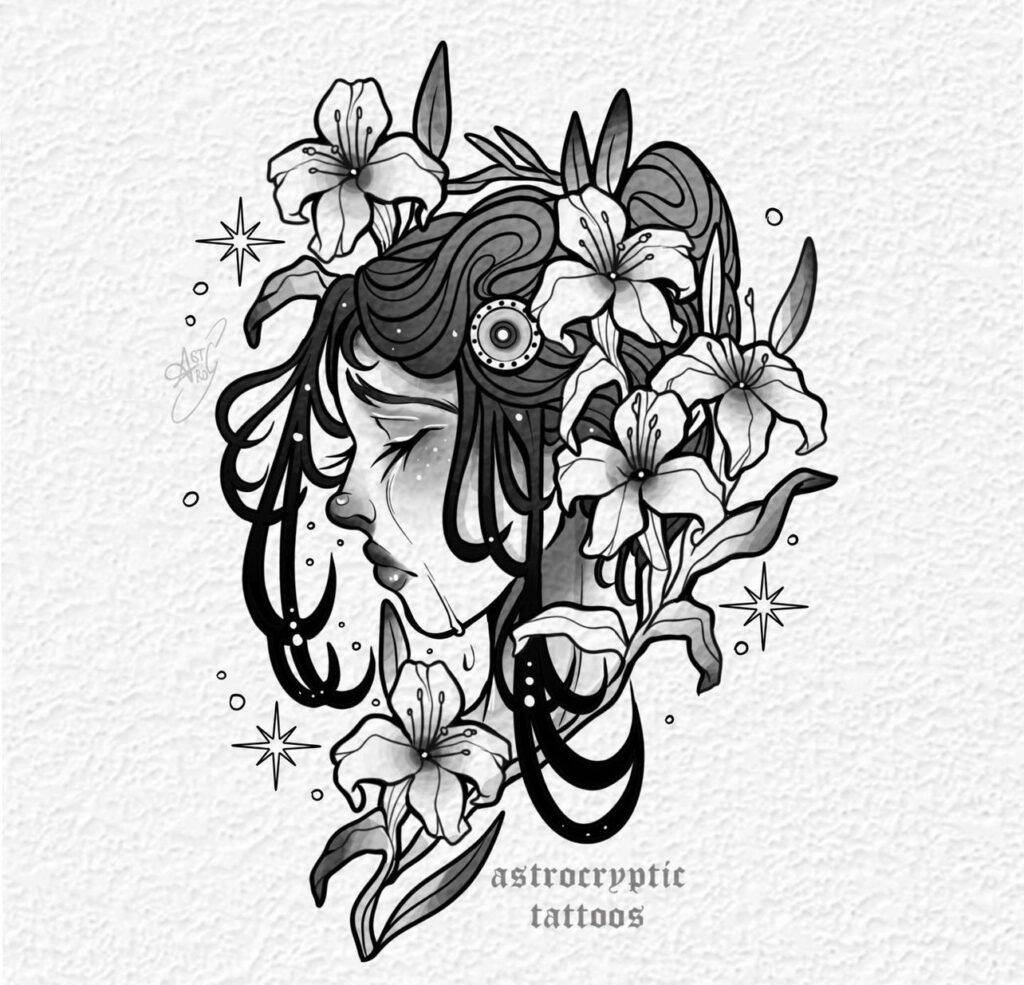
Understanding Tattoo Cover-Up Options
Another route, rather than removal, is a tattoo cover-up. This involves redesigning a new tattoo over an existing one, effectively masking the original ink. Here are some considerations:
- Design Compatibility: A successful cover-up often requires a wholly different design than the original. Darker colors can work well to hide lighter ink, so collaboration with your tattoo artist on suitable designs is vital.
- Consultation Importance: Always seek a professional consultation. An experienced artist can provide valuable insights on feasibility and design, crafting something tailored to your vision while effectively covering the old tattoo.
- Layering Techniques: Depending on the complexity of the old tattoo, layering can be an effective technique used in cover-ups. Sometimes, utilizing shadowing or incorporating vivid colors can make a cover-up truly stand out.
Whether you opt for removal or a cover-up, educating yourself about the options available empowers you to create a skin canvas that truly reflects who you are today.

